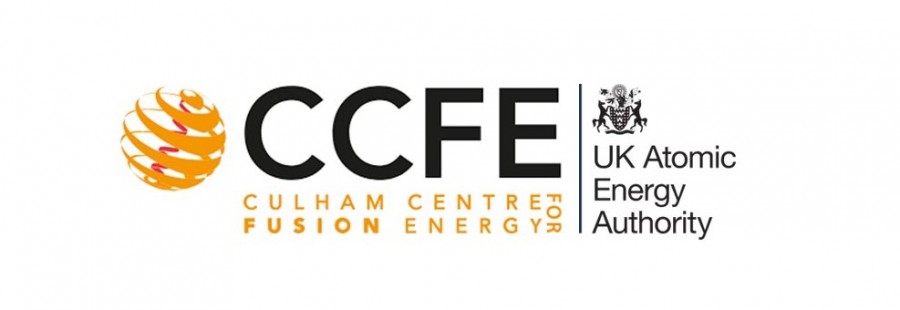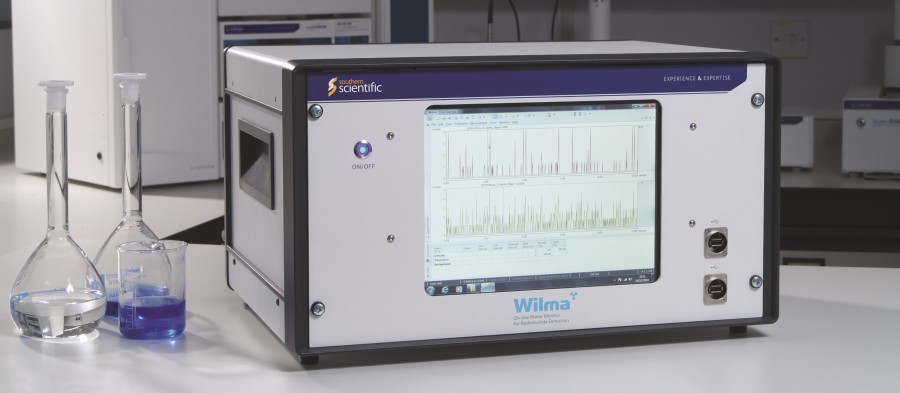Detritiation and tritium analysis at UKAEA with Wilma
11/05/2023

LabLogic’s monitoring system for tritium in air is being used in the JET Decommissioning and Repurposing Project at H3AT
The United Kingdom’s Atomic Energy Authority has procured LabLogic’s Wilma monitoring system along with a Marc 7000 tritium bubbler for use in detritiation and tritium analysis experiments at the H-3 Advanced Technologies (H3AT) division. H3AT focuses on tritium processing, distribution, storage, recycling, and disposal, and is part of the Culham Centre for Fusion Energy, the UK’s national laboratory for fusion research.
Mirjana Damjanovic is the UKAEA’s Waste Detritiation Lead Engineer who is leading the research into removing tritium from radioactive waste for the JET Decommissioning and Repurposing Programme. Explaining the decision to procure Wilma, Mirjana said, “We analyse tritium in water samples and did not have an existing system for continuously monitoring tritium in water, so Wilma was a new system introduced at H3AT.”
The Joint European Torus, or JET, is the world’s largest and most advanced tokamak which was designed to study the feasibility of commercial fusion power using a deuterium-tritium fuel mix and will cease operation in December 2023. The research carried out by JET has led directly to ITER, the world’s largest tokamak. Tritium has been used as fuel for JET and as a highly mobile gas, the components of JET that have contained it will be contaminated.

Automating tritium air sampler operation
Wilma’s tritium-in-air monitoring system automates the Marc 7000’s operation using Wilma’s fluid handling and liquid scintillation counting, including water sampling and emptying, washing, and refilling of the vials. This allows Wilma to remotely monitor tritium in air samples less than 10 Bq/m3, ideal for locations that have limited access.
Mirjana said, “Wilma was procured through a tender that specified a system to sample and monitor tritium in air and water, so Wilma, together with the Marc 7000 air sampler, was an appropriate solution. Wilma’s main advantage, besides independently sampling and analysing water samples, is that it can be connected to an air sampler and therefore have an automated analysis of tritium in air.”
Wilma allows users to collect, prepare, analyse, and dispose of water samples for the detection of alpha and beta radiation, such as tritium, all in one compact unit. By using small sample volumes up to a maximum of 5ml, Wilma reduces waste and consumables to operate independently for as long as it has the necessary reagents and can run without supervision for more than 30 days with a stable background.
Find out more
You can learn more about Wilma by clicking the button below to speak to a product specialist.